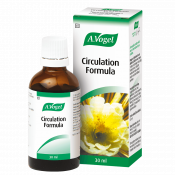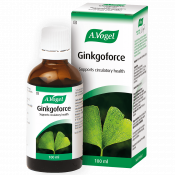Raynaud's syndrome is a condition which interrupts the blood supply to the hands and feet (and sometimes, to other parts of the body such as the nose).
What is Raynaud’s syndrome?
Raynaud's syndrome affects more women than men, and can occur quite early in life.
The skin around the areas of the body affected by Raynaud's syndrome turn white as blood flow is reduced, then blue as the oxygen supply runs out. After this, the skin becomes red as blood supply is finally resumed.
During the white and blue stage of Raynaud's syndrome, cold and numbness are the primary features. As blood returns, numbness improves, but this 'return of feeling' can cause pain in the affected areas.
Causes of the problem
Raynaud's syndrome is associated with certain health conditions, known as autoimmune diseases, such as rheumatoid arthritis. The cause of the reduction in blood flow, as described above, is not clear, but it seems that the small arteries in the body become over-sensitive to the way they respond to normal signals.
For instance, blood vessels will expand and contract depending on the temperature. In Raynaud's syndrome, these reactions become exaggerated and it is therefore helpful to avoid sudden temperature changes and to make every effort to dress warmly during all times of the year.
What not to do if you have Raynaud’s syndrome
If you have Raynaud's syndrome:
- Do not smoke. This will worsen your condition as smoking affects the way blood flows through the smaller blood vessels
- Avoid or manage stress as this has a similarly adverse effect on blood flow
What to do if you have Raynaud’s syndrome
Things you can do to help yourself if you have Raynaud's syndrome include:
- If you are on medication, check with your doctor that these are not giving you problems as side effects. For instance, some beta-blockers can give you cold hands and feet.
- Check your blood pressure. A low blood pressure is not always good – levels below 120/70 can contribute to Raynaud's syndrome.
- Exercise regularly (even if only gently) as this will improve blood flow around the body.
- Eat warming foods in cold weather, adding plenty of stimulating spices such as ginger and pepper. Omega-3 oils and garlic can also be used to aid the circulation and can both be used in the diet and taken as supplements.
- Nutrients that support the nervous system, such as vitamin B and magnesium, may be helpful supplements.

